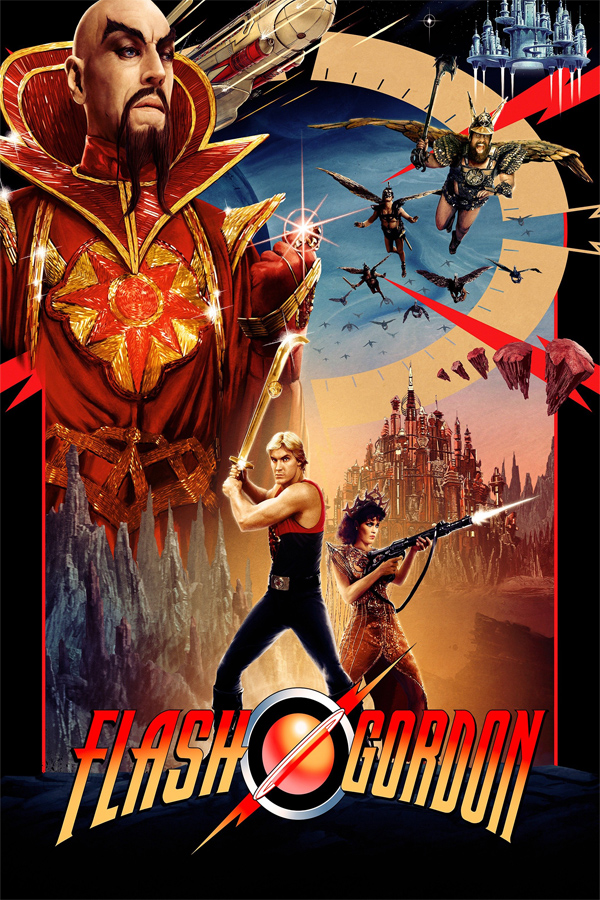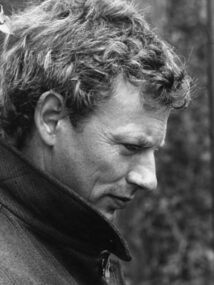Robert Fuest
Well regarded for his stylish genre work of the 1970s, Robert Fuest may not have a very extensive list of feature film credits, but the quality of his output is what matters, not the quantity.
He certainly came to the business with a real talent for art. Born in London in 1927, he would spend some time serving in the Royal Air Force. After his service he would teach art as well as turning out his own paintings, which would be displayed at the Royal Academy. He moved into copywriting, with an eye towards getting into the movie business. In the late 1950s he joined the art department of Associated British Television, and became the art director for the legendary TV series Los vengadores (1961). His first feature film was a low-budget production titled Just Like a Woman (1967), which got him some good notices, but other directorial offers did not start flooding in. At that point he went back to "The Avengers", albeit in the new capacity of a director. Two producers of the series, Brian Clemens and Albert Fennell, wanted to move into movies themselves, and chose Fuest to direct their debut effort, the incredible, chilling, rural thriller Y pronto vino la obscuridad (1970), which proved to be a success. After that came the literary adaptation Wuthering Heights (1970), made for American-International Pictures; the studio would cut a lot from the picture, only concerned with how much money it made, and it made enough to keep them happy. This would lead to Fuest's directing the revered Vincent Price vehicle El satánico Dr. Phibe (1971), which critics admired for its dark humor, sets and nasty but inventive murder sequences. A sequel proved to be inevitable, and El regreso del abominable Dr. Phibes (1972) followed two years later. It was intended to be more blatantly comedic and a send-up the original, but the studio reduced the comedy content and, unfortunately, it was not so successful.
Next for Fuest came the cult favorite The Final Programme (1973), for which he himself wrote the script and convinced investors he could make it for 600,000 pounds or less. It would be a critical but not commercial success. Tormenta diabólica (1975) was offered to him by producer Sandy Howard. Filmed in Mexico, it cost approximately $1.5 million to make and took about 29 days to shoot. However, the resources available weren't really enough, and it became quite a difficult shoot for the director, who says he nearly suffered a nervous breakdown. He would then return to TV for The New Avengers (1976) and spent three years in America shooting such TV movies as Revenge of the Stepford Wives (1980). His last theatrical movie to date was the 1982 French-made Aphrodite (1982). After more TV work, he became semi-retired, returning to painting and also lecturing at the London International Film School.

